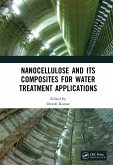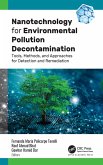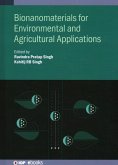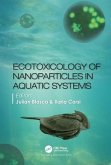The synthesis of nanoparticles can be done using biological, physical and chemical pathways. Green synthesis of nanomaterials refers to the synthesis of diverse metal nanoparticles utilizing bioactive agents. These include microorganisms, plant materials, and several biowastes such as eggshells, vegetable waste, agricultural waste, and fruit peel trash. Green synthesis of nanoparticles is aimed to reduce waste and develop sustainable techniques. It is a bottom-up strategy in which nanoparticles are synthesized by oxidation/reduction of metallic ions through organic moieties derived from biological resources. Microorganisms such as actinomycetes, fungi, algae, bacteria and yeast may be found in these biological systems. This book elucidates the concepts and innovative models around prospective developments with respect to the green synthesis of nanomaterials, their characterization and applications. It covers in detail some existent theories and innovative concepts revolving around this domain. This book is a vital tool for all researching and studying the green synthesis of nanomaterials.








